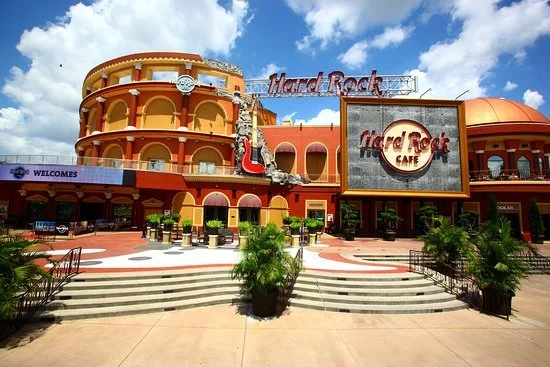Hot State decision making
Emotion makes us more likely to make impulsive purchases
What is Hot State decision making?
High levels of emotion, or when we’re in a ‘hot state’, can impact the rational process of making a decision.
We’re lured in by what we’re feeling at the time, so may ignore or downplay other important factors that have long-term effects. For example donating to charity after watching a distressing advert without thinking about if we can afford it.
The evidence it works
In an experiment conducted by Brendl et al. in 2003, one group of people were given popcorn and another left without food. The two groups were then asked to rate the attractiveness of various products – some being food items.
Those who had popcorn before rating products reported the food items more attractive. Summary being that they’d been made hungrier by the popcorn, or put in a hot state, so they were more attracted to the food.
How it builds brand memorability
One of the key drivers of brand memorability is ‘Ease’.
If you make your brand easy to access, deal with and buy from, you’re going to build strong, positive connections that lead to memorability.
At the point of purchase, or during the journey to purchase, customer’s decision-making can be made easier by leveraging behavioural biases. And METRIC is our tool for harnessing the power of these biases - snap judgements that help the brain make quick decisions in context - for clients.
METRIC organises the biases into six categories - because these are the key ‘resources’ we always have to spend when make decisions. They are Money, Effort, Time, Risk, Individuality, and Conscious thought. Which handily spells METRIC.
So presenting choices in one of these six frames can tip the balance in comms.
Great examples of Hot state decision making
SNICKERS
The line ‘You’re not you when you’re hungry’ fits this bias perfectly. We can all relate to the feeling of hunger that makes us pick up the first thing we see – even if it’s not our favourite. And the fact Snickers are so widely available brings it back to the product too.
HARD ROCK CAFE
The Hard Rock Café Hotel in Orlando has a lot more to offer than just hotel facilities. Knowing that a lot of people visiting the hotel would be hungry, they wanted to remind people that they could enjoy their ice cream shop too.
To direct people to this, the hotel pumped out artificial scents of sugar cookies and waffle cones. Acting as “aroma billboards” they drew people towards the ice cream shop in the basement. Using the Hot State bias, they saw sales increase by 45%.
SAVE THE CHILDREN
Charities tugging on our heart strings to get us to donate isn’t new. But Save the Children did it particularly well here. So well in fact they created a sequel the year after which was just as emotive.



